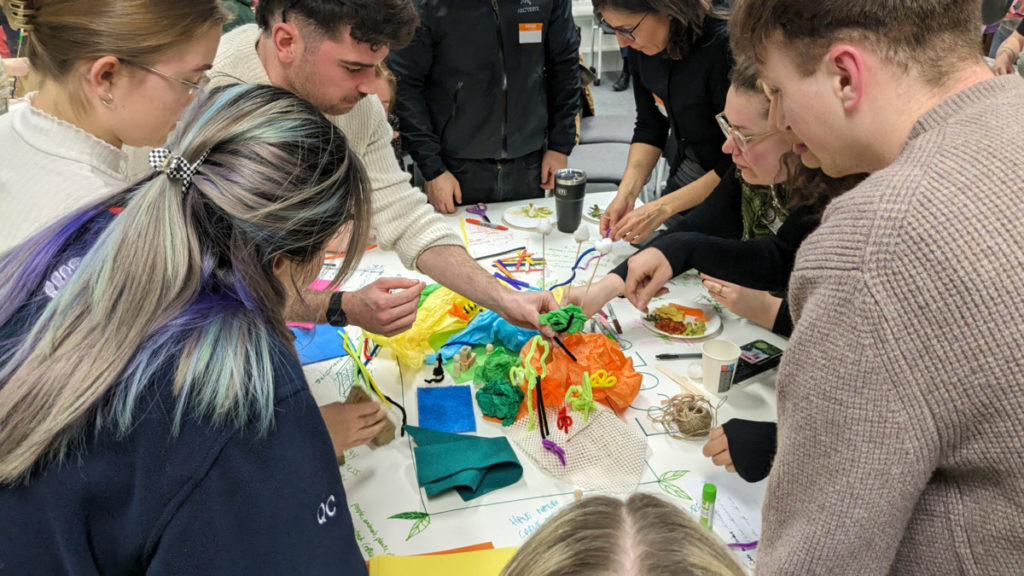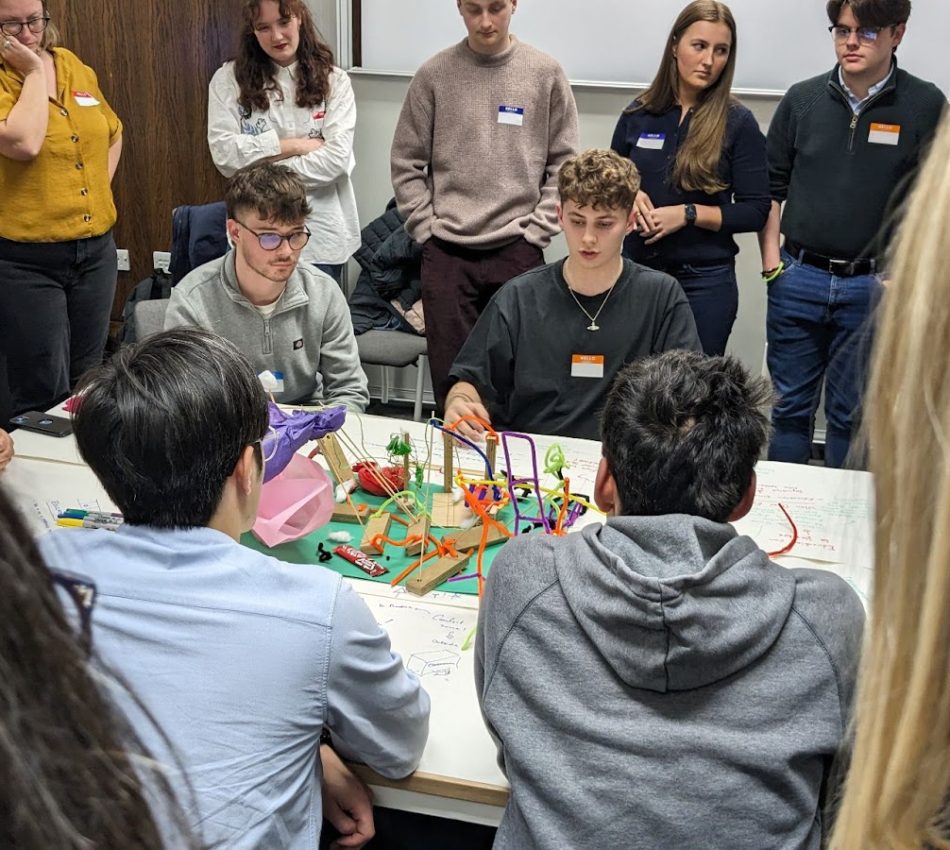Written by:
By Peter Hetherington

Fresh from interviewing food bank clients in Newcastle upon Tyne about their everyday concerns, I found myself sitting amongst second year architecture and urban planning students barely a mile away. The setting was a modern lecture theatre-cum-informal workshop in the elegant sandstone quad at Newcastle University. The task, on my table, was to address ‘community’ – presumably in all its forms – and emerge with a positive outcome. Quite a challenge?
As a ‘baby boomer’, fortunate to work, and volunteer with people at least half my age – in this specific case, old enough to be a grandparent! – I wondered initially what I could bring to a table alongside these enthusiastic, engaging, bright, committed, kindly younger people from home and overseas. Then I hit on it. Bear with me.
After a career in journalism, writing the odd book more recently, I decided a few years’ ago on a career change: volunteering in a food Bank. Pre-Covid, it had two outlets in Newcastle’s west end, a vibrant, multi-cultural neighbourhood in parts, which has seen better days. The food bank now has seven outlets throughout the city, three other ‘pantries’ where people pay £5 a week for a modest supply of life’s essentials, and has morphed into a de-facto social agency, helping clients with a range of problems from poor health, to housing and debt. That alone tells its own story of failing public services in a city where the local council has lost hundreds of millions from its budget since 2010. Austerity has taken its toll with a vengeance.
But what can that possibly tell us about our ‘community’ challenge in the lecture theatre? More than you might think. The week before, with a much younger colleague, we’d spent a couple of days interviewing clients about their everyday concerns. The replies were revealing: top of the list was the state of rubbish-strewn back lanes, behind the ageing terraces, dirty streets, anti-social behaviour, low-level crime – and the absence of policing.
Around the table, the students were familiar with a nearby area called Shieldfield, across an ugly urban motorway which carves through the city, dividing the centre from its eastern suburbs – not least because it has hundreds of newish, medium-rise student flats. In the minds of some locals, these intrude into their neighbourhood, dwarfing a long-established community and its council housing. But there’s a few shops, the Big River Bakery, a primary school, a square, plenty of green, if neglected open spaces, and other facilities. In short, a bit ‘down’ but by no means ‘out’. We agreed that with better upkeep, a modest splash of cash, a dose of tender loving care, it wouldn’t take much to improve areas like this. “Community hubs, where people can meet,” volunteered a student. So they assembled a model structure, from a pile of small wooden blocks, tissue paper, coloured pipe cleaners and ‘Blu Tack’. Nothing special, but symbolic – and, who knows, a statement to restore a sense of pride and place, and give long-suffering residents, seemingly forgotten on the periphery of outwardly more prosperous city centres, just a bit more hope and confidence. Call it modest planning, and rudimentary architecture addressing immediate needs. I certainly left with renewed hope, and – yes – enthusiasm.
About the Author
Peter Hetherington wrote Newcastle-Gateshead, Shaping the City, RIBA Publishing, 2010 and Land Renewed, Bristol University Press, 2021. He is a former regional affairs editor of The Guardian.
